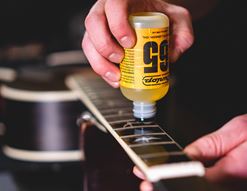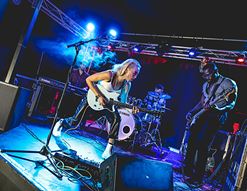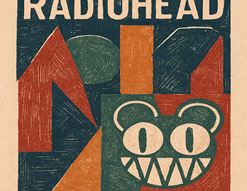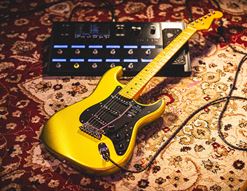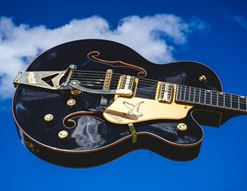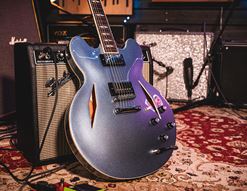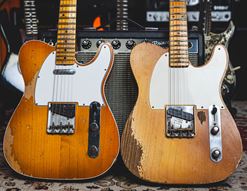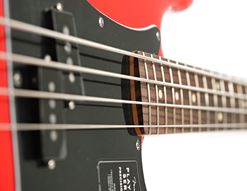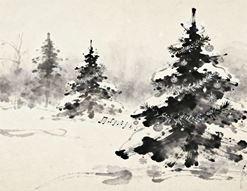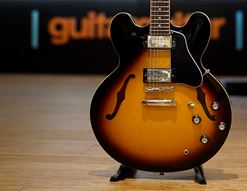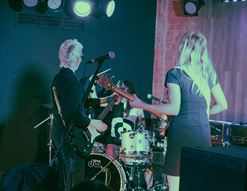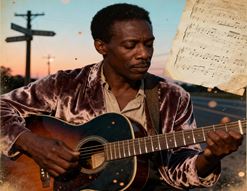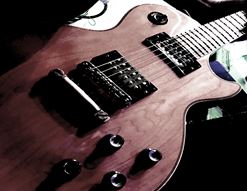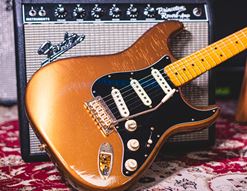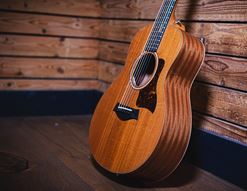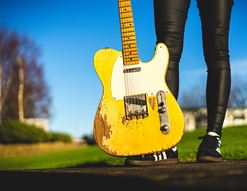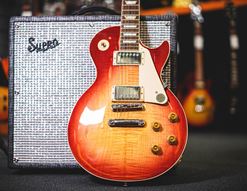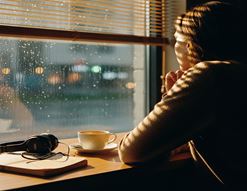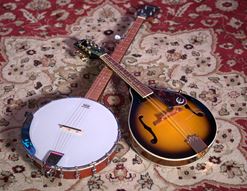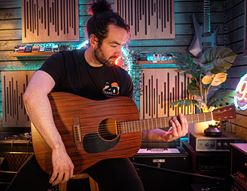Bruce Springsteen is one of those legendary Mount Rushmore figures of rock music. Ever-present, highly respected, admired from afar by all, and obsessed over by his fanbase. He’s one of those rock titans who we expect to be around till the end time. He’s always been there! Given how timeless much of his songwriting is, these feelings are understandable. He’s been able to make the whole notion of ‘America’ a universal palette; his specifics are our generalisms; his streets have become our streets, at least in our imaginations.
He's also a legendary live performer. There are three guitarists in Bruce Springsteen’s E-Street Band: Steve Van Zandt, Nils Lofgren, and Bruce himself. There’s that classic comment: ‘Who’s the lead guitarist for Bruce Springsteen?’
The answer is Bruce Springsteen or course, right? Three capable players, but he takes the majority of the leads. I guess that’s why he’s called The Boss, right? Well, now they’ve made a film about him. A rock biog, possibly more like Bohemian Rhapsody than the one where Robbie Williams became an animated chimpanzee.
Did you say ‘more animated’ there?
Anyway, this movie is a good excuse to dive into Bruce’s guitar sound. There’s a ton of wordage out there about his lyrical career, but maybe less on his sonics. That is what I wish to cover today, so if you’re a fan, I hope this is one you’ll sit down with and enjoy. If you’re not a fan, well then, I guess there’s always Robbie Williams for you!
Contents
Bruce Springsteen’s Extensive Pedal Collection
Bruce Springsteen’s Guitars
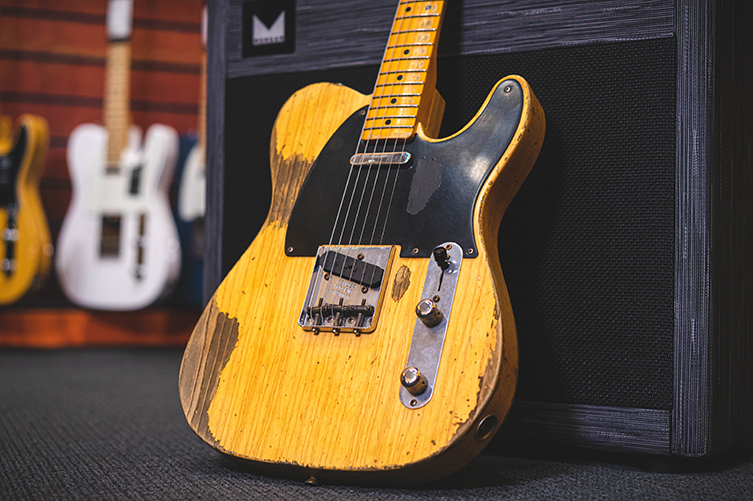
1950s Fender Telecaster
Bruce is one of the world’s most visible Telecaster players.
Or is he?
Now, this is already getting a little bit contentious, but according to The Boss himself, his famous fifties Tele, acquired from Phil Petillo’s guitar shop in 1973 for $185, is not really a Telecaster! Yes, this guitar, which appeared on the cover of Born to Run and which has probably sold at least ten million blonde Teles over the years to fans, is a fake!!!
Not quite. It’s not as dramatic as all that. It is a Fender, but, well, it’s two Fenders. A Fender Tele body and an Esquire neck, says Bruce. He bought it like that, in deference to his guitar heroes Steve Cropper and James Burton. Now I don’t know about you, but I don’t really see what difference an Esquire neck makes to the guitar being considered a Tele, to be honest. Do you? I’m gonna keep calling it a Tele.
The neck has been dated to 1957 and has a v-shaped profile according to Rolling Stone magazine, but the real fun of the story relates to the body. Apparently, this guitar was once a prop in a 1960s session player payola scam. Extra pickups were retro-fitted to it (four in total) with an individual jack output for each. This allowed the jobbing session guy to receive four session payments for his solo instead of one, since the tracks would all sound ever so slightly different!
Can you believe that? What a legend. This means, of course, that the body has been deeply routed out to fit the additional pickups. Sensibly, it was all fitted within the area since covered by the pickguard, so it’s a wild, but invisible, modification. All of that was undone before Bruce bought it, but those who have played it claim that it has an unusually acoustic-like unplugged sound. No surprises why!
Anyway, this guitar appeared on almost every album recording and live performance between 1973 and 2005, and whilst now mostly retired, it still gets an occasional outing.
Here’s some interesting facts/nerdy trivia about this guitar:
- It is known to Bruce and his band as The Mutt.
- Reports suggest that it has a disconnected neck pickup, making it even more like an Esquire.
- The extensive body routing means that it is correspondingly light in weight. Unusually so, according to those who have played it.
- The pickups may or may not be original.
- Phil Petillo, a trusted tech for Bruce, put triangular ‘Precision frets’ on it.
- Phil also ‘waterproofed’ the guitar from Bruce’s sweat by swapping the parts for stainless steel and titanium equivalents.
- Petillo had a dedicated phone in his bedroom - dubbed the ‘batphone’ by his family - which only Bruce used to call. This he did, often in the middle of the night, and occasionally required the guitar to be sent via air to Petillo in order to fix between gigs.
So, a pretty special guitar with plenty of lore. We love that, here at guitarguitar!
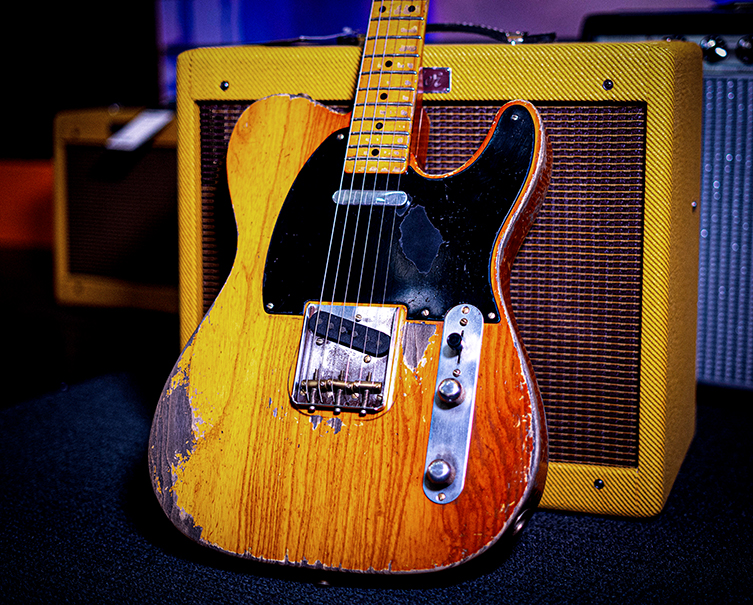
Bruce’s Other Telecasters
You often see Bruce with a different Telecaster these days. It’ll be one of many built for him by the Fender Custom Shop and presumably made to be as close to his Mutt guitar as possible. You’ll see different finishes (all heavy relics, naturally), and I did spot one interesting detail about them all. The pickups…
Joe Barden Gatton T-Style Pickups
Yes, Springsteen’s touring guitars are mostly fitted with sets of Joe Barden pickups. These are the Danny Gatton T-style units, and according to the Barden site, they are not specially modified in any way, though it is mentioned that Bruce’s current tech Kevin Buell ‘waterproofs’ these, too. With what? Here’s what I found…
Buell replaces all of the external hardware with titanium or stainless steel, and uses gaskets to seal the electronics. Then he applies a sealant to all and any cavities and gaps in order to protect them from ‘Bruce sweat’. Quite the mission!
So, for the record, those JBE pickups are technically humbucking (hence the dual rails) but aim to deliver a high fidelity Telecaster tone. In practice, you can think of them as noiseless single coils, though that isn’t strictly what’s happening. E-Street guitarist Nils Lofgren also uses these pickups. Does he sweat as much, too?
Takamine Acoustics
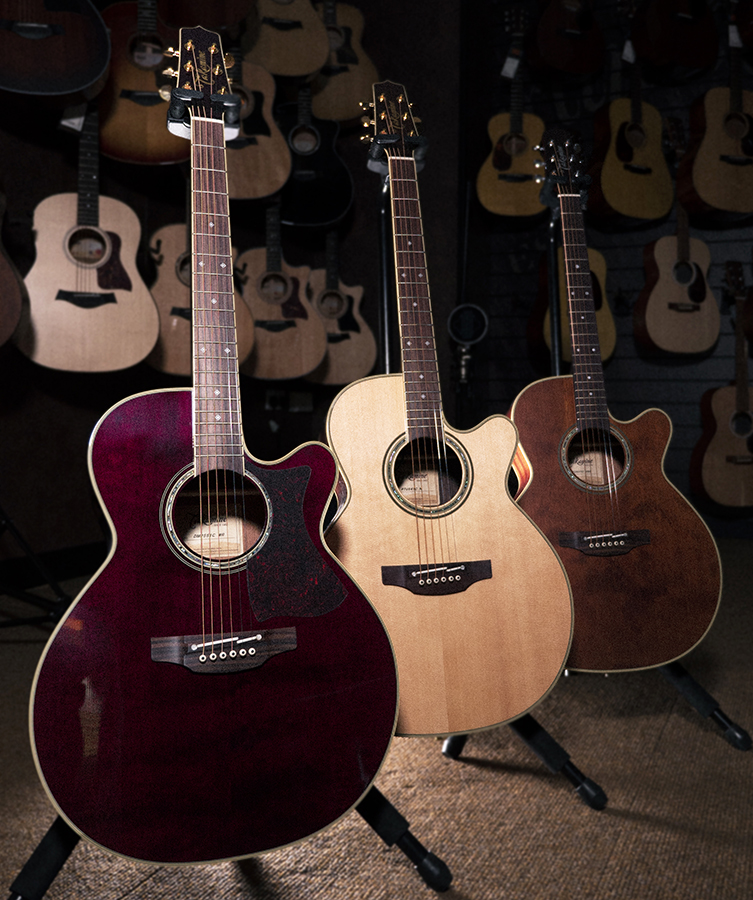
Bruce Springsteen is perhaps the most visible Takamine user in the world. They are a popular brand without a doubt, and any incongruity over a rootsy Heartland singer using a Japanese brand over something American says more to his practical brain than anything else.
You see, in the early 80s, acoustic guitars still sounded pretty poor on stage. Takamine changed the game with their ‘Palathetic’ pickup, which more or less coincided with Bruce’s adoption of the brand. Coincidence? Maybe!
He’s never endorsed them (he’s never endorsed any guitars as far as I know) but he’s consistently used Takamine over the years, from the 80s till now. Here are the main models I’ve seen him with over the years:
- EF241C
- EF350SMCSB
- EF381SC - 12 string
- P6N
The Boss’ Amplifiers
Bruce shares the stage with a large number of musicians, so it makes sense for him not to dominate the stage with massive stacks. What he does do is pretty interesting though…
Fender Bassman
He uses four vintage Bassman combos, which are probably almost as priceless as his Tele! They are full-on vintage, pre CBS examples, which all date from between 1958 and 1962. Vintage Fender guitar into vintage Fender amps = absolute tone champagne!
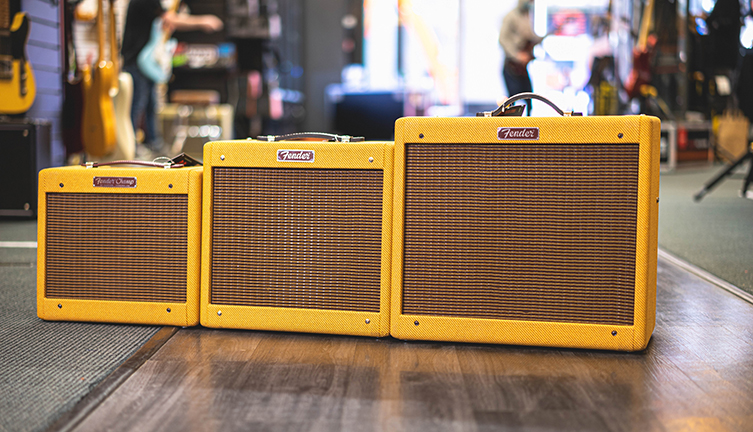
Peavey Vintage 410
Curiously enough, he also brings along a pair of Peavey Vintage 410 combos. These of course have four 10 inch speakers, so it’s fair to say that these are Bassman copies. Spares? Maybe, I’m really not sure, because he also uses these…
Mesa/Boogie Half Stacks
I mentioned a second ago that he doesn’t dominate the stage with stacks, and now I’ve told you about all of these amps, including two Mesa/Boogie half stacks! Okay, I should say Mesa/Boogie heads (Mk IIC, then Electra-Dynes) and Marshall 4x12 cabinets, but anyway, here’s the interesting thing. Bruce has them pointed up at the sky! Yes, he aims them in the only direction that doesn’t face a human being, so he’s not slamming his band with volume. You can see them sitting underneath the drum riser, and maybe slightly in front of it.
It’s a cool idea, and when I get to the point of playing stadiums, I’ll be sure to give it a shot and report back, okay?
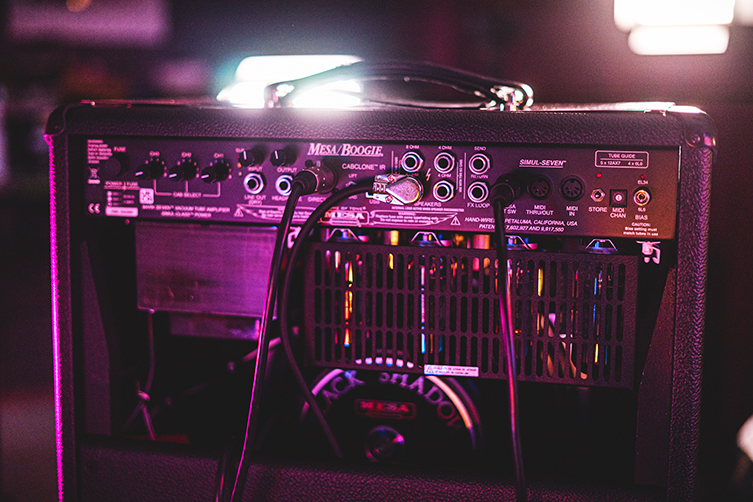
Bruce Springsteen’s Extensive Pedal Collection
As a big shoegaze and industrial fan, Bruce Springsteen uses a lot of digital and analog effects pedals.
Wait a minute…wrong guy. I was looking at my notes for Robert Smith.
Bruce uses a grand total of three effects pedals, as far as I can see. One of them, I’ve never even heard him use.
- MXR Dist+ - the classic yellow ‘buzz box’ was how the Boss got his gain back in the seventies and eighties. Nowadays, it has been rejected in favour of…
- Fulltone Full Drive 2 and GT-500: these are essentially variations and graduations of some pretty similar distortion flavours. The Full-Drive 2 MOSFET is what I’d call a ‘TS’ style drive, and the GT-500 is a stronger, heavier sound.
- BOSS BF-3: This is the one that puzzles me. I find the notion of Springsteen reaching his boot out to stomp on a flanger pedal to be pretty opposite to my expectations. Still, it’s documented as being there, so now you know!
Honest Tones, No Messin’
Bruce’s guitar setup is similar to his songwriting approach: it’s honest, direct, and there's no messing about. He wants things straight up, not messed around with, and he wants things as versatile as he can get them. Simplicity is an obvious benefit for such a physical performer, and the Telecaster is one of those guitars that can play nice or nasty; it can cut through or sit back; it can be cleaned up or dirtied down.
All of his choices represent tools, not museum pieces, even though several of them literally are! The directness portrays an efficiency that maybe a bunch of pedals, rack units and guitar changeovers wouldn’t. And in the end, he’s the Boss, so what he says, goes. Capiche?

